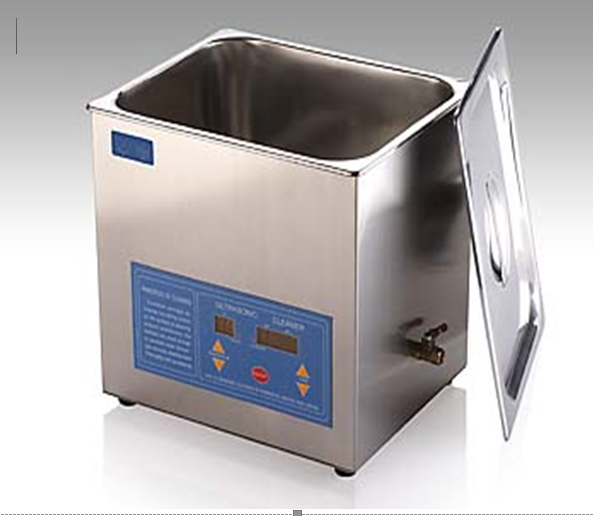-
Contact Us
- Phone:+86 756 8698786
- Fax:+86 756 8679535
- Email:info@lingkeultrasonics.com
- Addr:NO.3 Pingxi Wu Road, Nanping Technology Park, Zhuhai City, Xiangzhou District, Guangdong Province, China
Principle of ultrasonic cleaning
The main use of ultrasonic cavitation impact effect. High frequency and high voltage oscillation signal is sent out by ultrasonic electric box, which is transformed into mechanical vibration by transducer and transmitted to cleaning medium. When the ultrasonic beam propagates in a continuous way, thousands of negative pressure small bubbles will be produced when the ultrasonic beam moves forward in the medium. These bubbles form a series of dense explosions on the surface of the object to be cleaned under a certain pressure, and constantly impact the surface of the object to be cleaned, including penetrating to the other side of the cleaned object, as well as all the cavities, blind holes, and Slit, the dirt attached on the surface of the cleaning object will be peeled off to achieve the perfect effect. At the same time, ultrasonic has the role of emulsification, which can more effectively prevent the oil from being cleaned from re adhering to the cleaned objects.
With the increase of ultrasonic frequency, the number of bubbles increases and the blasting impact force decreases. Therefore, high frequency ultrasound is especially suitable for cleaning small particles of dirt without damaging the surface of the workpiece.
The cleaning process is to remove the liquid and solid pollutants on the surface of the workpiece, so that the surface of the workpiece can reach a certain degree of cleanliness. The cleaning process is the interaction of cleaning medium, pollutants and workpiece surface, which is a complex physical and chemical process. Cleaning is related to the nature of pollutants, physical and chemical properties, cleaning performance, material and surface state of the workpiece, as well as the cleaning conditions such as temperature, pressure, additional ultrasonic vibration, mechanical force and other factors.
Bubbles are produced by applying high-frequency (ultrasonic frequency) and high-intensity sound waves into the liquid. Therefore, any ultrasonic cleaning system must have three basic components: a tank for cleaning liquid, a transducer for converting electrical energy into mechanical energy, and an ultrasonic generator for generating high-frequency electrical signals.
Transducer and generator
The most important part of ultrasonic cleaning machine system is transducer. There are two kinds of transducers, one is magnetic transducer, which is made of nickel or nickel alloy; the other is piezoelectric transducer, which is made of lead zirconate titanate or other ceramics. When the piezoelectric material is put into the electric field with voltage change, it will deform, which is called piezoelectric effect. In contrast, magnetic transducers are made of materials that deform in varying magnetic fields.
No matter what kind of transducer is used, the most basic factor is the intensity of cavitation effect. Ultrasonic wave, like other sound waves, is a series of pressure points, that is, a wave alternating compression and expansion (see figure below). If the sound energy is strong enough, the liquid will be pushed away in the expansion stage of the wave, resulting in bubbles; while in the compression stage of the wave, these bubbles will burst or implode instantly in the liquid, producing a very effective impact force, which is especially suitable for cleaning. This process is called cavitation.




